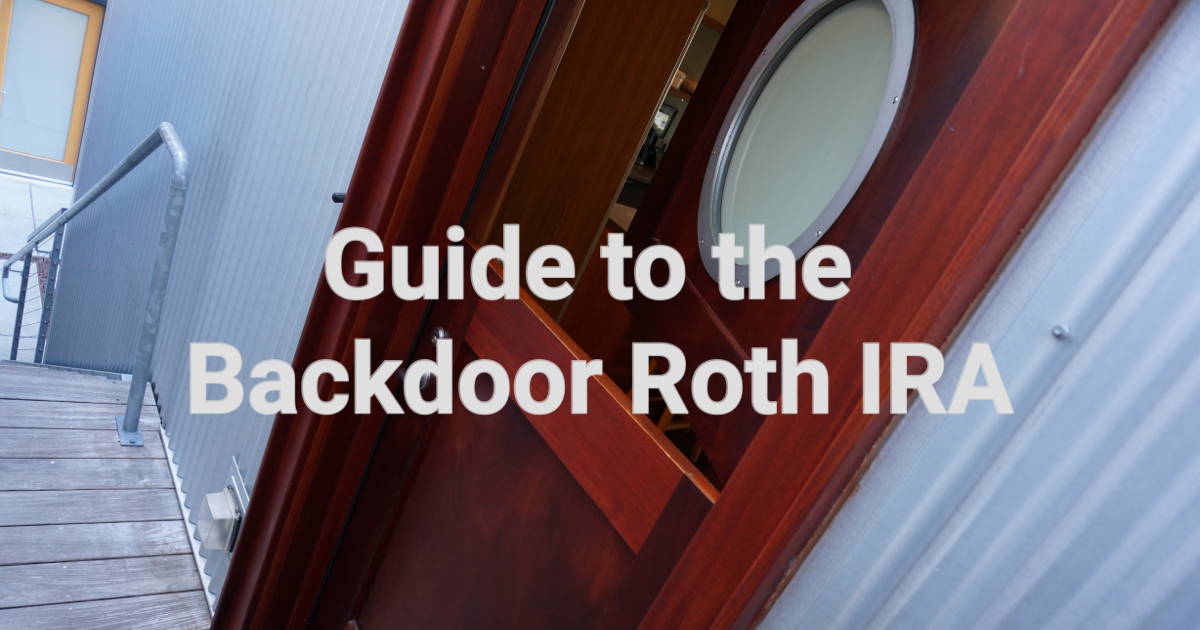This image, “Stethoscope and Money - Health Care Costs” is copyright (c) 2015 Wellness GM, and made available under a Attribution 2.0 Generic License
[Editor: This is another guest post written by Mitul K. If you missed his fantastic first post, it can be found here. He and I are both entering attendinghood very soon. Because I have been living like a fellow with an attending-like salary for the past two years, nothing major will change in my financial plan going forward. However, Mitul will be expecting quite a jump in his salary, and so it is very important to consider what his future goals and financial plans are. He discusses both of these in this article]
Finally! Training is over and now it is finally time to become an attending! All those years of training has enabled me to practice medicine without someone watching over my back (that part somewhat scares me!). Another benefit is a massive bump in salary, likely the biggest increase in salary I am going to see in my entire career. Getting off on the right foot financially has important implications for long term wealth and financial independence.
I want to lay out some important components of my financial plan as I embark on this new journey of attendinghood. Everybody is going to be in a different place financially at this pint, but this time is an opportunity for each person to set themselves up on the right financial path.
Maximize 401k
Now as I begin my peak earning years (AKA “High(est?) Tax Bracket”), my goal is to have pre-tax deductions. The federal limit for 401k contributions is $18,000 unless you’re over 50 years old, at which point you have another $6,000 in catch up contributions. My employer will also provide a match to a percentage of my contribution, but this does not begin right away. Regardless of that, I plan on maximizing the employee contribution this year even though there is no match.
Maximize 457 plan
The 457 plan is a plan offered by state or local government employers and some non-profit companies. Similar to 401K/403B, this is pre-tax money that is invested in an account, but the difference is that there is no penalty for withdrawing money early. It is possible to maximize contributes in a 401K and 457 plan simultaneously. The limit for under 50 years old is $18,000 as well.
Backdoor IRA
As explained here, the backdoor Roth IRA is a great tool for those above the income limits for traditional Roth IRAs. For me and my wife, we can contribute $11,000 total in 2017 to a traditional IRA and then subsequently roll it over to a Roth IRA.
529 Accounts
In Pennsylvania, there is a state tax deduction for contributions of up to $14,000 per person, per beneficiary. For each beneficiary (for us this is for each child), my wife and I can contribute up to $28,000. The Pennsylvania state income tax rate is 3.09%, therefore a contribution of $28,000 saves us $856.20 in state tax. The money can be withdrawn tax free for educational expenses. I don’t plan on maximizing it every year but would like to maximize it in the first few years and give it time to grow before the kids go to college.
[Editor: Each state has its own rules dictating whether 529 contributions provide any tax deductions. Neither my current state of residence, Delaware, nor future state of residence, California, offer any sort of benefits. In my case, the benefits of contributing to a 529 plan is marginal. The options I see for investing for a child's education include a 529 plan, UTMA/UGMA account, or a taxable brokerage account. I hope to discuss the pros and cons of all of these in a future article]
Insurance Changes
Disability insurance is extremely important, even as a resident. The standard amount of disability insurance you can purchase as a trainee is $5,000 a month benefit. I have had disability insurance since I was a second year resident and now that my salary is increasing, I am going to apply to increase my disability insurance to the maximum .
I am also planning on reviewing the life insurance policies for me and my wife since there has been a change in salary (and likely at least a minor change in lifestyle). I am going to consider purchasing more term life insurance. I don’t believe in whole life insurance (or any of its varieties), but that is a discussion for another post.
Other Investments
I plan on saving much more than just what is the maximum for 401K, 457, and backdoor Roth IRA since my goal is to achieve financial independence earlier than traditional retirement age (around 65 years old). The next obvious choice for me is in taxable investments. The other options I am considering are a real estate investment and real estate notes. These are options I have read extensively about but haven’t quite taken the plunge into yet.
Saving for a House
This image, “House” is copyright (c) 2010 Atanas Kumbarov, and made available under a Attribution 2.0 Generic License
In addition to different investments, I plan on saving money for a down payment for a house. I may lump this into some more conservative investments, similar to the emergency fund section in this article. The reason for more conservative investments is to minimize risk of drastic losses since this is money that may be used in the next year or two.
[Editor: For the majority of people, the time frame of saving money to be used within 2 years is short enough that one could argue that all of these savings should be in cash. I do hate cash drag though, so if you are flexible with the timeframe, then a conservative investment may still be ok.]
Conclusion
The most important point of this post is to emphasize that in order to achieve these financial goals, you need to create a plan and stick to it. There is no reason why we shouldn’t achieve massive savings rates early on as an attending. While the 401K, 457, backdoor Roth, and 529 are important steps, they are just the beginning and I know in order to achieve financial independence early, I will need to save much more than that. It is important to have a strong grasp of your loans at this time as well and incorporate that into your plan as well. The key is to continue to live like a fellow for some time, set up ways to save automatically, and continue to learn about personal finance topics.




